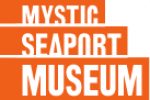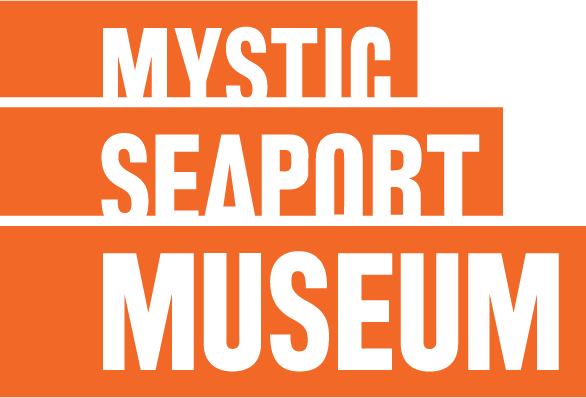Annual Sea Music Festival Gathers Performers Old and New for 4 Days of Concerts, Workshops, and Demonstrations June 6-9
Mystic, Conn. (May 24, 2019) — Mystic Seaport Museum will host its 40th annual Sea Music Festival June 6-9, featuring concerts, workshops, hands-on demonstrations, and a scholarly symposium – all celebrating the music of the sea. From songs of the golden age of sail to contemporary compositions, the festival includes a wide variety of sea music both modern and traditional, a children’s stage with special performances for families, and demonstrations of maritime work songs – or chanteys – aboard the Museum’s historic vessels.
As a premier sea-music event, performers come from around the world and across the United States to perform at the festival. This year’s highlights include the music of Ron and Natalie Daise (the duo behind the music of the Nickelodeon TV show “Gullah Gullah Island”), Cliff Haslam, The Johnson Girls, The Rum-Soaked Crooks, The Rix, Between Two Thorns, and 19 other individuals and groups. They will be joined by the Mystic Seaport Museum Chantey Staff, including Geoff Kaufman, Craig Edwards, Don Sineti, David Littlefield, Marc Bernier, Chris Koldeway, Denise Kegler, Barry Keenan, Jesse Edwards, Anayis Wright, Chris Maden, Johann Heupel, B.J. Whitehouse, and Genevieve Corbiere.
“As we celebrate the festival’s 40th year of existence, we are taking the opportunity to look back and look forward at the same time and our roster of performers features many who were with us from the start, as well as new artists who are carrying this tradition forward, “ said Erik Ingmundson, the director of Interpretation at Mystic Seaport Museum. “Forty years is a remarkable lifespan for any music event and the longevity of the Sea Music Festival is a testament to the power and richness of the musical tradition and our shared fascination with the sea.”
All workshops and daytime concerts at the festival are included in regular Museum admission. Special tickets are required for evening concerts and can be purchased online, in person at the Museum’s entrances, or by calling 860.572.0711. Weekend passes are also available. College students will be admitted into the festival for the youth rate upon presentation of a current student ID.
As part of the festival, the Museum will also host the annual Music of the Sea Symposium Friday and Saturday, June 8-9. The symposium, co-sponsored by Mystic Seaport Museum, Williams College, and the Williams-Mystic Maritime Studies Program, features presentations of themed papers by some of the country’s leading maritime music scholars and explores subjects from history and folklore, to literature and ethnomusicology, along with many other related topics. Admission to the symposium is included with Museum admission and festival passes.
For more information, including ticket packages, musicians’ bios, and a schedule of performances, visit mysticseaport.org/seamusicfestival
The evening concerts will be streamed live by iCRV radio at www.icrvradio.com.
This event is made possible by the Friends of the Festival, who raise funds each year to generously support sea music at Mystic Seaport Museum.
About Mystic Seaport Museum
Mystic Seaport Museum, founded in 1929, is the nation’s leading maritime museum. In addition to providing a multitude of immersive experiences, the Museum also houses a collection of more than two million artifacts that include more than 500 historic vessels and one of the largest collections of maritime photography. The new Thompson Exhibition Building houses a state-of-the-art gallery that will feature J.M.W. Turner: Watercolors from Tate, the most comprehensive exhibition of Turner watercolors ever displayed in the U.S. opening October 5, 2019. Mystic Seaport Museum is located one mile south of Exit 90 off I-95 in Mystic, CT. For more information, please visit https://mysticseaport.wpengine.com/ and follow Mystic Seaport Museum on Facebook, Twitter, YouTube, and Instagram.












